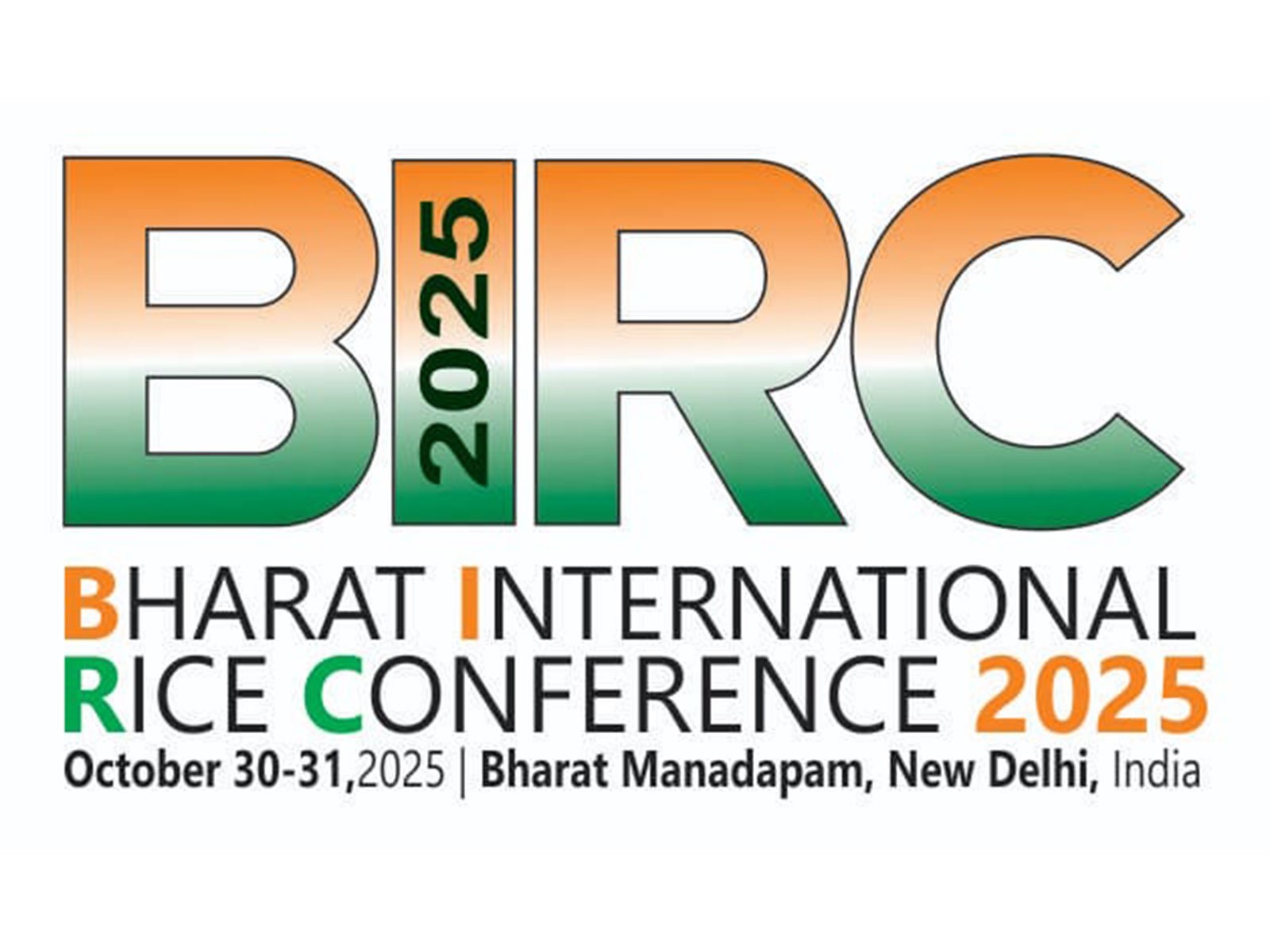Friday, 21 November 2025

International buyers of rice to felicitate 17 GI & exotic-variety farmers from across India
The Bharat International Rice Conference (BIRC) 2025, beginning October 30 at Mandapam, New Delhi, is set to highlight India’s growing leadership in the global rice sector with a live launch of the country’s first Artificial Intelligence (AI)-based rice sorting system.
The two-day conference, organized with the institutional support of the Department of Commerce, Ministry of Commerce & Industry, Government of India, will bring together delegates from over 80 nations, including top global rice importers, exporters, scientists, and policymakers.
“Through BIRC 2025, we aim to build a future where Indian farmers, exporters, and innovators move forward together—creating value for the economy while protecting the planet. It’s about making Indian rice not just the most traded, but the most trusted in the world,” Garg emphasized.
A special highlight of BIRC 2025 will be the felicitation of 17 Indian farmers by international buyers, recognizing their contributions to quality, innovation, and sustainability in rice cultivation. The farmers to be felicitated will represent a wide spectrum of states—Uttar Pradesh (U.P.), West Bengal, Odisha, Chhattisgarh, Jammu & Kashmir (J&K), Manipur, Assam, Bihar, Kerala, and Maharashtra—and unique varieties including Govindobhog, Kalajeera–Koraput, Type-3 Dehradhuni Basmati, Adamchini, Jeeraphool / Nagri Dubraj, Lokati Machi, Javaphul / Neemphul, Mushqbudgi, Chak-Hao (Aromatic Black Rice), Joha Rice, Katarni, Kaipad Rice, Palakkadan Matta, and Indrani.
“BIRC is an affirmation of global acceptance of Indian farmers and their growing recognition on the international stage. The event will also showcase India’s improved technological capabilities,” said Dr. Prem Garg, National President of the Indian Rice Exporters Federation (IREF).
“Powered by Artificial Intelligence and Big Data, the new system can simultaneously analyze the color, size, shape, and structure of rice grains, offering unprecedented precision and efficiency while reducing costs, power consumption, and manpower. This marks a major leap forward for India’s agri-processing sector,” he added. The AI-based rice sorting system represents a significant milestone in India’s agricultural innovation journey—enhancing quality control and export competitiveness.
Showcasing India’s Diversity and Innovation BIRC 2025 will feature participation from all States and Union Territories, each showcasing their unique rice varieties and heritage grains, reflecting India’s agricultural and cultural diversity. A special Women Entrepreneurs, Startups, and MSME Pavilion will highlight innovation across the agri-value chain—from seed development and post-harvest technologies to packaging, branding, digital trade, and blockchain-based traceability. Live demonstrations, mentorship sessions, and export onboarding opportunities will empower new and women-led enterprises.
“This initiative reinforces India’s leadership in the global rice supply chain and will generate significant trade opportunities,” Garg said.
Strengthening India’s Role in Global Rice Trade India is eyeing nearly Rs 1.8 lakh crore in global rice trade through BIRC 2025, with export agreements worth approximately Rs 25,000 crore expected to be signed during the conference. The event is poised to strengthen India’s role in building sustainable and inclusive food systems.
These new markets will present a unique opportunity for Indian farmers to secure higher prices for their produce and reduce their dependence on MSP sales, thereby easing the subsidy burden. This will be supported by demonstrations of foreign cuisines prepared using Indian varieties. These Indian varieties have been found to be suitable replacements for the potential Rs 1.8 lakh crore worth of imports currently sourced from competitor nations.
India’s rice industry is rapidly evolving—from being a global supplier to emerging as a world leader in technology, sustainability, and quality. The Bharat International Rice Conference 2025 stands as a testament to this transformation and India’s growing influence on the global food stage.